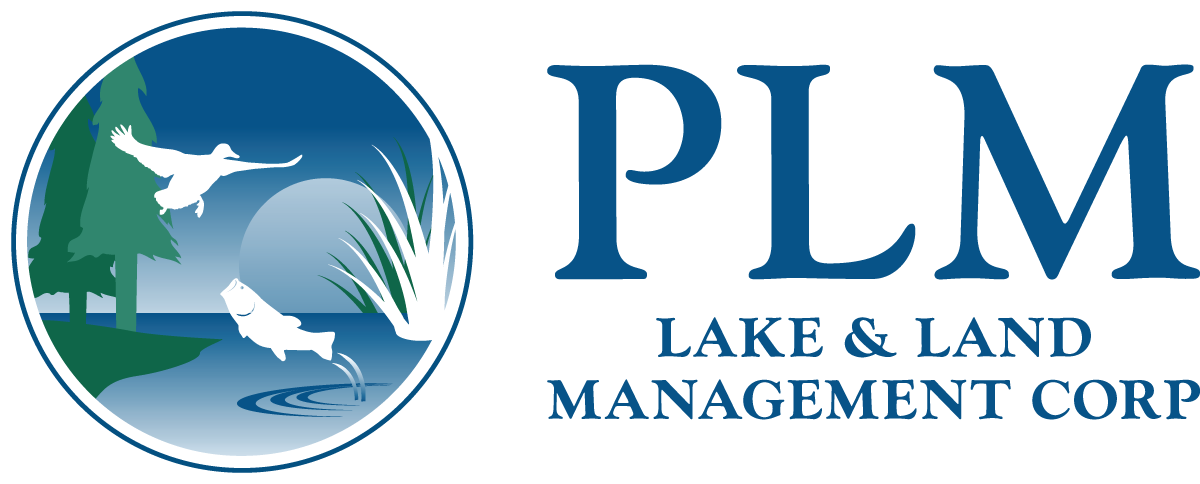Consulting Services
Getting Started with Aquatic Plant ManagementTechnical & Consulting Services
PLM offers a wide range of technical services that can help guide and achieve your lake management goals. Our highly trained staff and state-of-the-art equipment allow us to provide comprehensive and accurate data to evaluate current conditions, implement an appropriate management strategy, and assess the effectiveness of the management program.


Aquatic Vegetation and Assessment Mapping
An Aquatic Vegetation Assessment Survey (AVAS) divides the area of the lake capable of growing aquatic plants into subareas. Within each subarea, aquatic plant species’ presence and density are recorded. This process allows for the documentation of aquatic plant species richness and distribution throughout the water body.
Vegetation data can be tracked throughout a growing season and from year to year to determine trends in the aquatic plant community and the effectiveness and/or continued need for the management program.
Water Quality Monitoring
Water quality monitoring is a critical part of lake management. It provides an ongoing record of conditions in a water body. Changes in water quality can indicate threats from sources such as agricultural and lawn runoff, increased development, and erosion from construction sites.
Prompt identification of threats to water quality makes it possible to address them before irreversible harm is done. Riparians’ enjoyment of the water resource—and the value of their property—depend on maintaining good water quality.
Our Standard Water Quality Program Includes:
- Conductivity and Total Dissolved Solids (TDS): Measure the total concentration of dissolved salts in the water from various sources, including—but not limited to—surface and groundwater runoff.
- Temperature and Dissolved Oxygen Profiles
- Secchi Disk Depth: A measurement of water clarity.
- Evaluation of Trophic Status: Using Carlson’s Trophic State Index (TSI).
- Total Phosphorus: Measures the total amount of phosphorus in the water. Phosphorus is an important plant nutrient and the nutrient most likely to limit algal growth. Elevated phosphorus levels caused by human activity are a major cause of cultural eutrophication.
- Nitrates: Measure the total amount of inorganic nitrogen in the water. Nitrogen is a key plant nutrient and the nutrient most likely to limit the growth of rooted plants.

